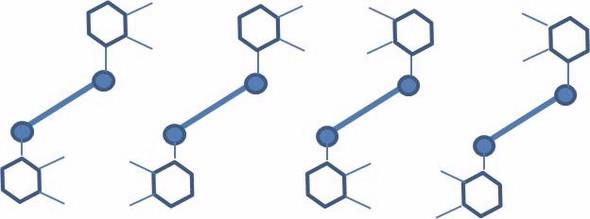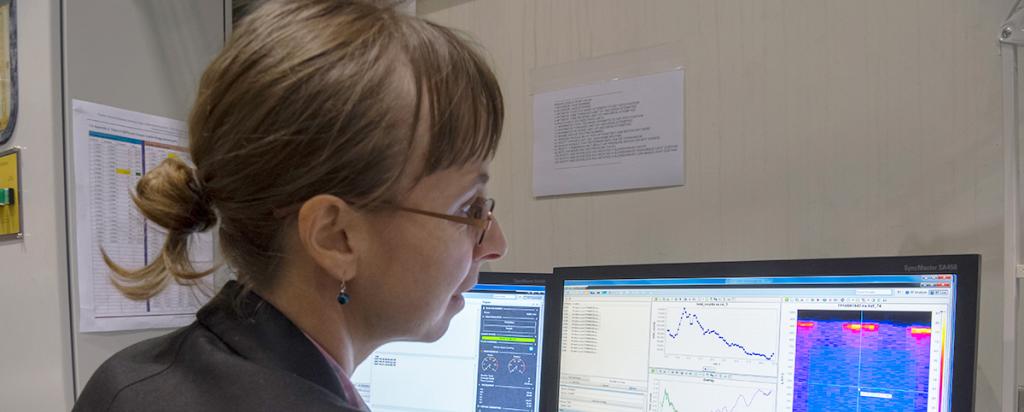

Published on the 15th May 2018 by ANSTO Staff
The first paper has been published that utilised materials synthesised by the National Deuteration Facility for a study conducted on the cold neutron time-of-flight spectrometer PELICANat the Australian Centre for Neutron Scattering.
The publication entitled “Measuring the excitations in a new S=1/2 quantum spin chain material with competing interactions” was based on work conducted by Honours student Jack Zanardo from the University of Wollongong under the supervision of Dr Kirrily Rule from the Australian Centre for Neutron Scattering and Associate Professor Michael Lerch from the University of Wollongong.
Inelastic neutron scattering experiments were and used to study the magnetic properties of a spin ½ one dimensional chain, utilizing catena-dichloro(2-chloro-3-methylpyridine)copper(II) to investigate the frustration in a J2/J1 system.
However neutron scattering from hydrogenous material is known to contribute a high background from the large incoherent scattering cross section of H. It was anticipated that in the protonated version of this material (as grown previously) the H would swamp the weak inelastic signal from an S=1/2 Cu2+ ion, therefore a deuterated ligand was used. The deuterated 2-chloro-3-methylpyridine ligand, synthesised by Dr Anwen Krause-Heuer from the Chemical Deuteration team from the National Deuteration Facility.
The interest in this material stems from the relative orientation of the non-magnetic ligand relative to the Cu-chains. This was predicted to induce a range of different J1 interaction and change the inelastic scattering profile.
From the PELICAN data, combined with detailed spin-wave modelling, it appears most likely that the Cu spin-chains formed regions of predominantly one J1 interaction at a time. Thus this system appears to have a random yet equal populations of the differently orientated ligand where chains appear to contain a run of the same orientation. This allows the spinwaves to propagate through the lattice, giving rise to the observed spin excitations. Thus we have been able to confirm that the structural differences did indeed lead to different exchange interactions between neighbouring Cu ions.
 |
| The structures used to calculate the different nearest neighbour exchange interactions, based on the three different relative arrangements of the 2-Cl-3Mpy ligands adjacent to the Cu2+ ions. From the zig-zag configuration of the magnetic ions in the Jnnn/Jnn model, these systems cannot simultaneously satisfy both the J1 and J2 interactions leading to frustration. |
It appears most likely that the spin chains formed sections of predominantly one J1 interaction at a time. Thus this system appears to have a random yet equal population of the orientation of the ligand where chains appear to contain a run of the same orientation which allows the spinwaves to propagate through the lattice. The structural differences did indeed lead to different exchange interactions between neighbouring Cu ions. It would be very difficult to isolate the structurally different regions to tune particular magnetic properties.
The full publication can be found here.